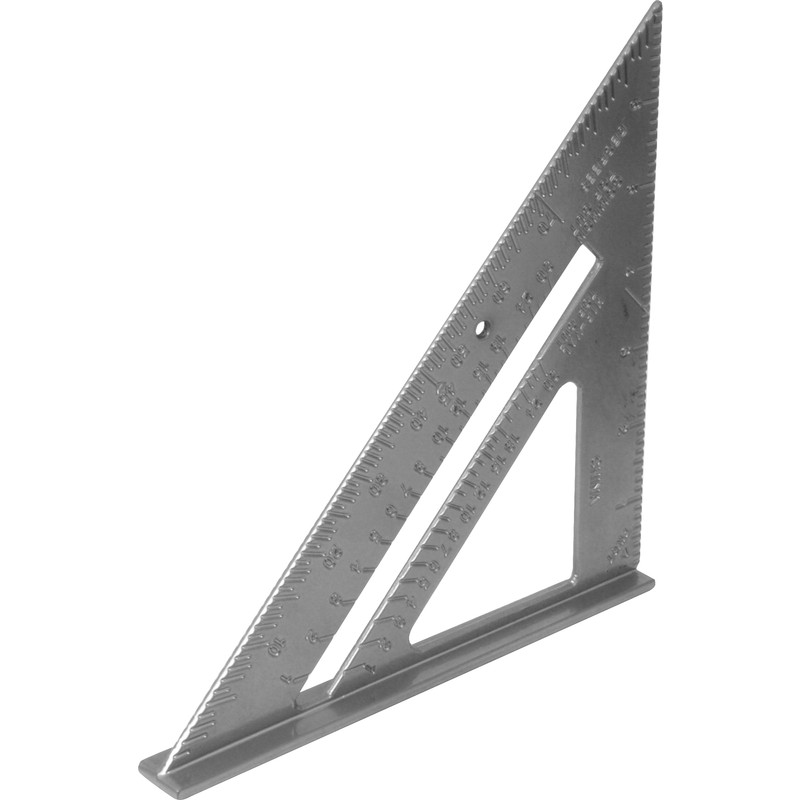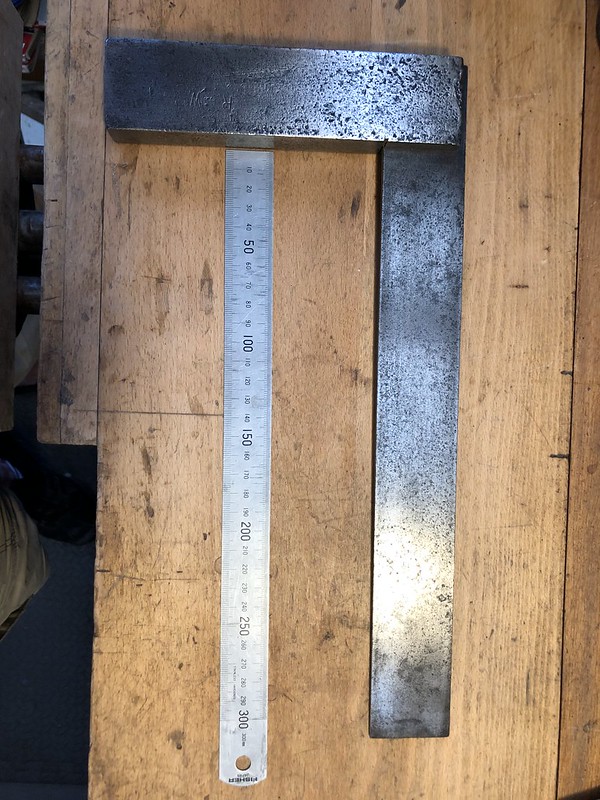transatlantic
Boom!
sammy.se":2k6tk9wk said:I would gladly pay a little more if there was a guarantee of squareness, so I am please to learn about the engineering squares and their standards that people have mentioned above. I may have to go shopping...
Unfortunately the standards only apply when bought from a decent supplier. I made the mistake of buying 3 engineering squares from Toolstation (yeah I know) ... and all three were so far out it was laughable.
They handn't been bashed or anything, they'd just been manufactured very poorly. All three. I don't see how it's possible to get them so bad.


































